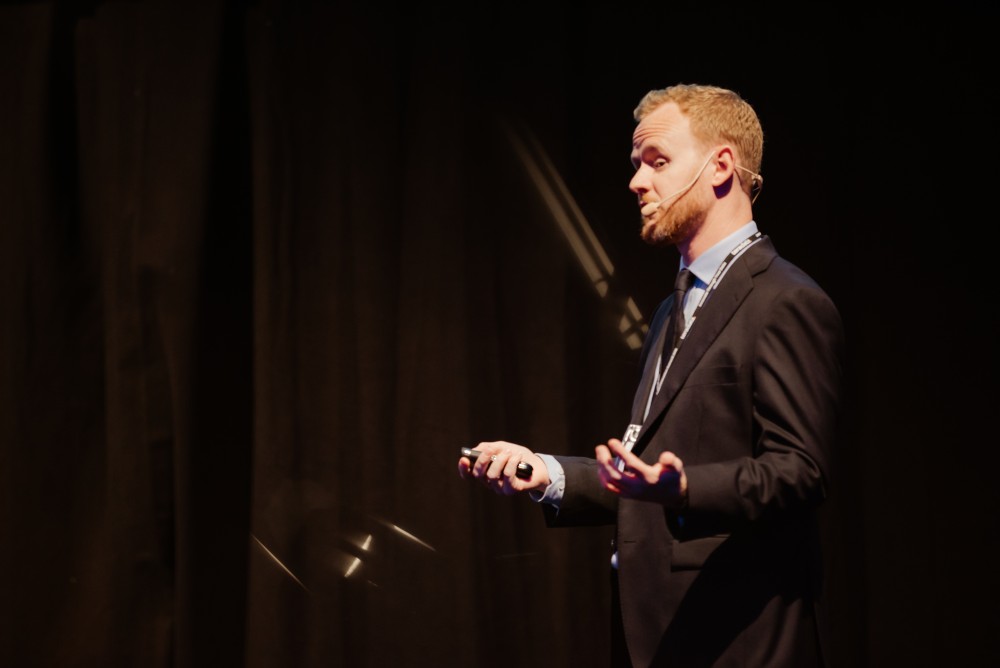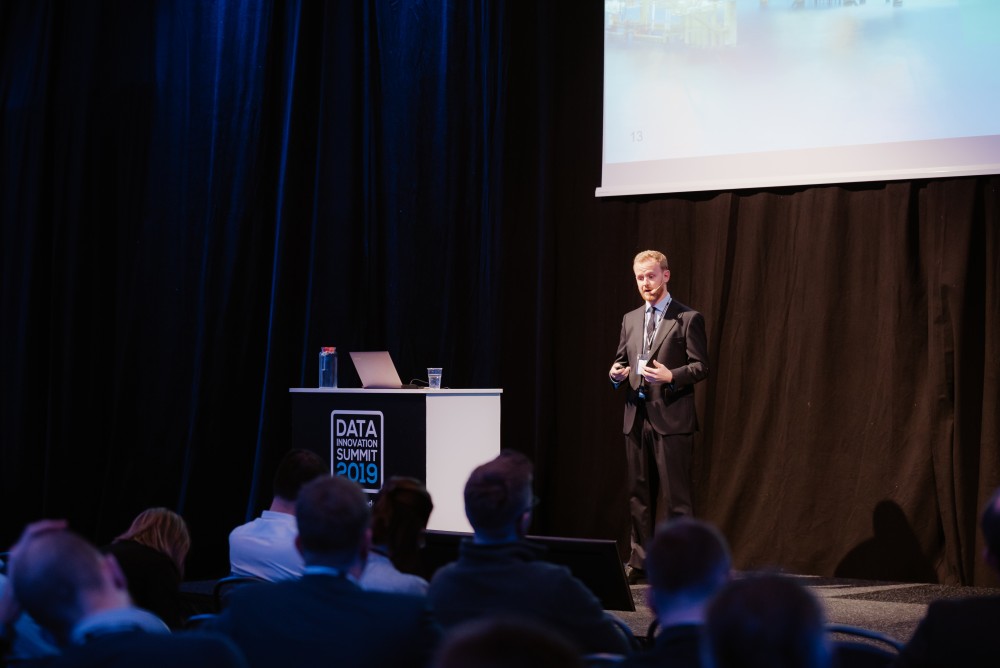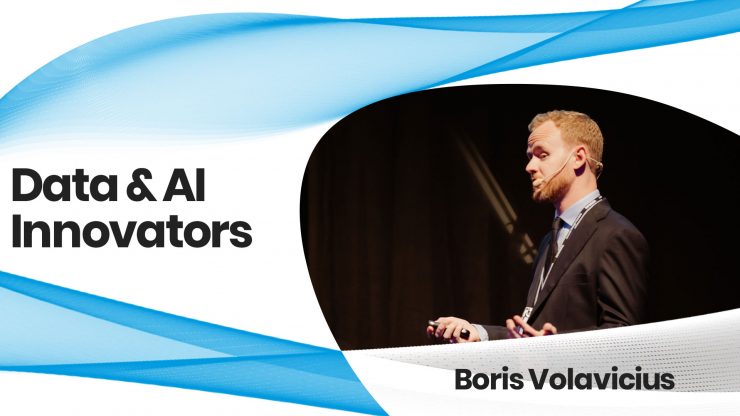Data Innovation Summit turns five next March. Along the way, we have had fantastic speakers unselfishly sharing their knowledge on stage with their peers. Without them, this journey would be impossible.
This interview is part of an interview series dedicated to humanising Data and AI innovation and celebrating speakers who have presented at the Data Innovation Summit. The emphasis lies on the Data/AI people/practitioners, their professional journey and their stories.
The highest value of IIoT and Industry 4.0 is to have technology alongside the right people working on the same goals. However, people have yet to surpass a hurdle from a non-technical nature in order to realise the full value, namely their mindset towards the application of these technologies in manufacturing.
Boris Volavicius in his interview below talked to us about the benefits of IIoT, some challenges that are still to be tackled and his prediction for the industry.


Hyperight: Hi Boris, we are glad to have you with us today and have the chance to catch up. You were a speaker at Data Innovation Summit 2019. To refresh our memories and introduce yourself to our readers, please tell us a bit about yourself and the company you are coming from.
Boris Volavicius: I am an electronic engineer, with 16 years in industrial automation sales in different markets and currently managing the Performance Solutions business at Metso in Europe, Russia and CIS regions. Metso is a leading flow control solution and services provider serving customers in oil & gas, petrochemicals, pulp, paper and bioproducts and other process industries.
Hyperight: In your presentation, you discussed how Industry 4.0 and IIoT help reduce risk and cost of ownership. Could you give a quick overview of how Industry 4.0 has and is revolutionising the heavy asset and manufacturing industry?
Boris Volavicius: Process Control Systems are uniquely positioned as one of the first industrial systems that can leverage the IIoT. Control systems are, by their very nature, already gathering and historizing massive quantities of data in real-time. Further, these systems typically have connectivity to office networks, intranet, and, in some cases, to the internet. Taking advantage of these foundations we just need to add smart and proven algorithms to analyze the data and show the potential for improvements. What we see today is an increasing effort from the manufacturing industry with countless initiatives to extract better results based on real and on-line data than the guesswork. The results we track are very significant, mainly in companies that involves people from different levels in the right way.


Hyperight: Next year we are celebrating our 5th anniversary. A lot has changed with data and advanced analytics during these 5 years. From your point of view, where do we see the biggest changes and advancements with AI and data we have had, with a focus on the manufacturing industry?
Boris Volavicius: As said previously, in the manufacturing industry we see that nowadays most of the decisions related to maintenance of assets and process improvement are being taken based on real and on-line data coming from the devices, counting on the expertise of equipment suppliers. The online communication channel with qualified suppliers brings now much more value to the industry since the right people and algorithms are working towards the same targets.


What we see today is an increasing effort from the manufacturing industry with countless initiatives to extract better results based on real and on-line data than the guesswork.
Hyperight: Predictive/prescriptive analytics is the latest stage in maintenance analytics. Experts are already talking about cognitive analytics that mimics the human brain by autonomously drawing inference from existing data and patterns, draws conclusions from existing knowledge and employs these conclusions to give prescriptions. What are the challenges that maintenance analytics needs to tackle to reach the next level?
Boris Volavicius: I think the main challenge is on people mindset in the industry environment. Talking about predictive maintenance, for example, these type of technologies are available in the industry for years and evolving now with new algorithms but we still don’t see the same acceptance as we have in the personal environment. As an example, we already accept and rely on on-line navigation software to calculate better routes avoiding traffic jams to reach home faster but to maintain the equipment we are still removing it from the field without knowing if it is really needed, where is the failure or what part should be replaced or repaired.
Hyperight: Talking about the decade to come, what are your future outlooks for maintenance analytics for 2030?
Boris Volavicius: In the next ten years we believe that while the industry will continue to expand predictive maintenance technologies to their plants the analytics algorithms will evolve. In parallel, there will be an important movement of data integration considering the data from the device, multiple warehouses and OEM’s in order to help fast decision making considering labour, parts and costs.














Add comment